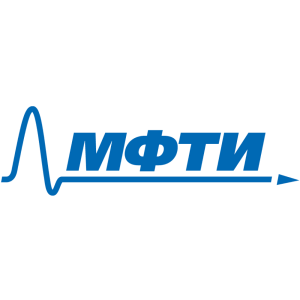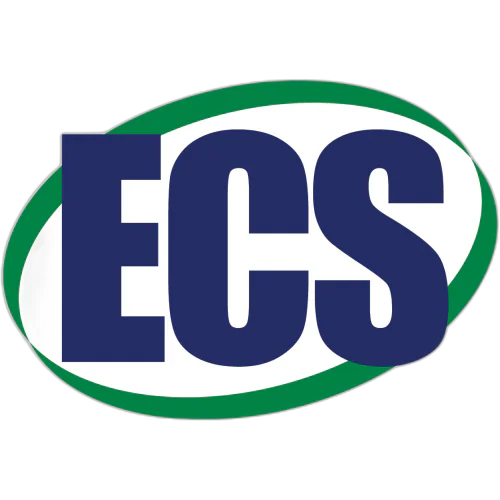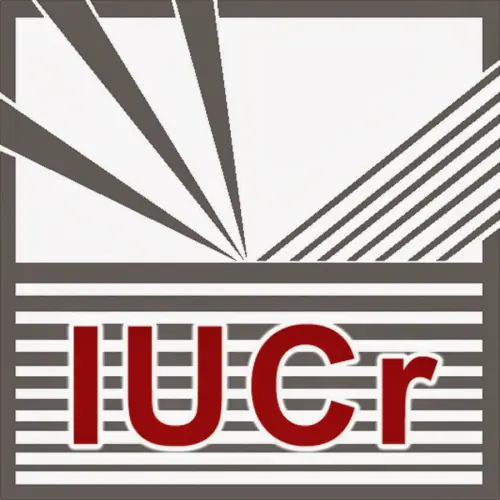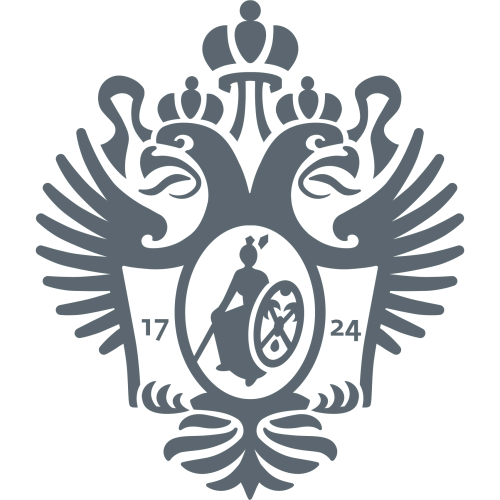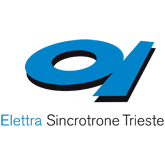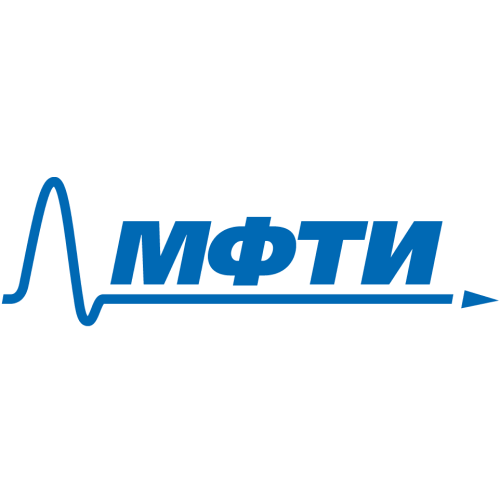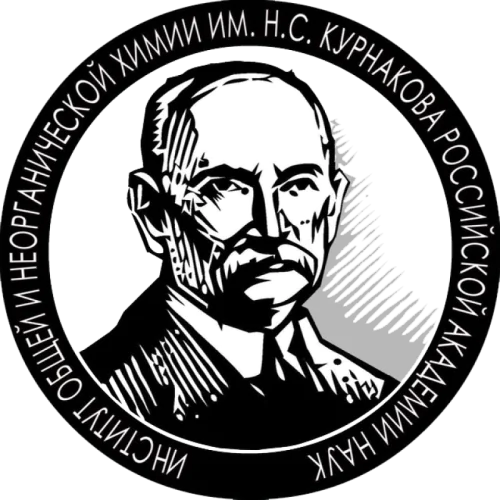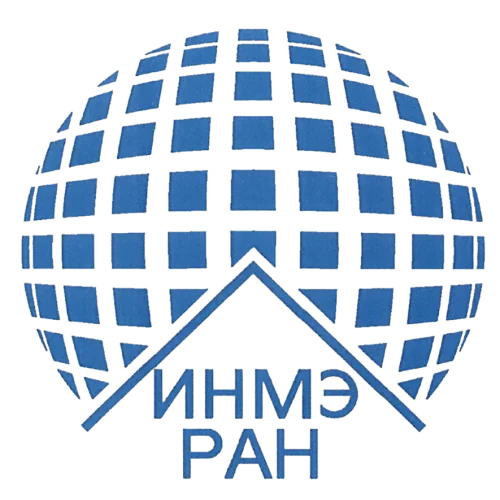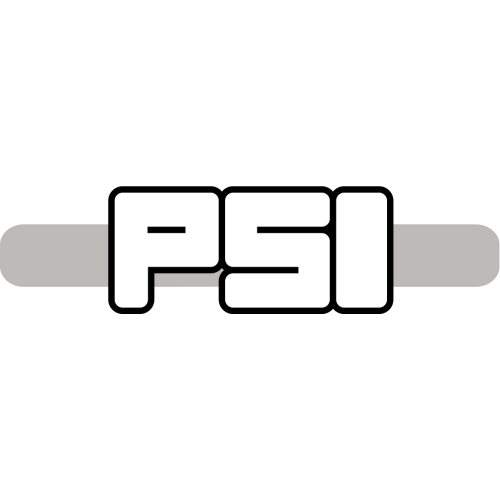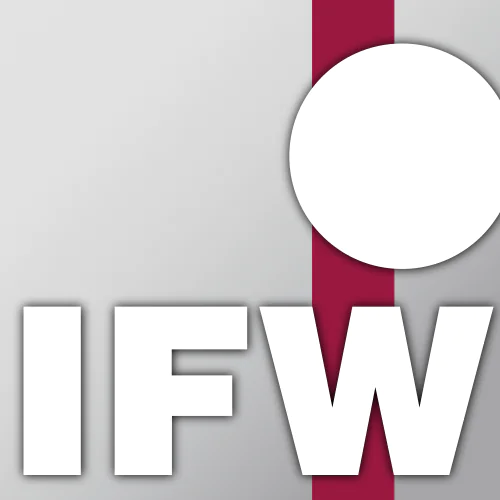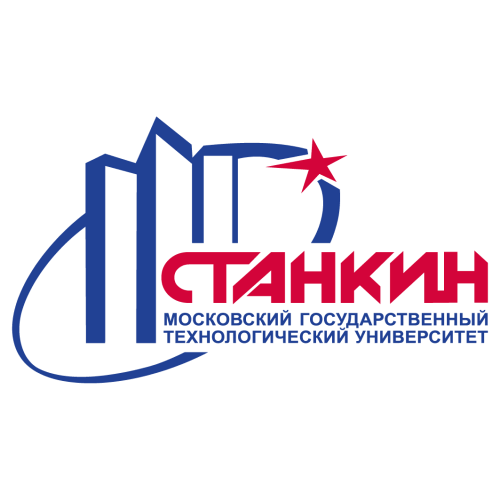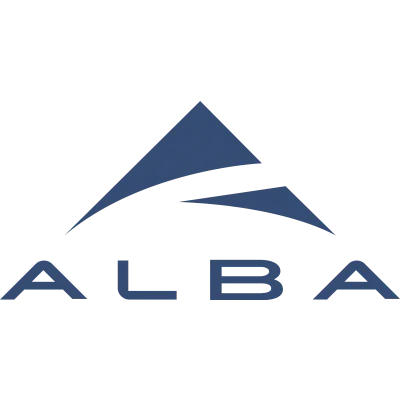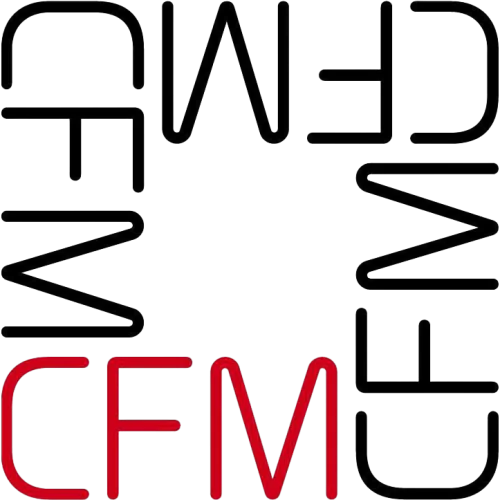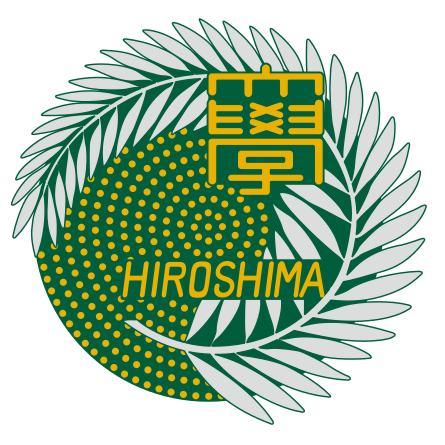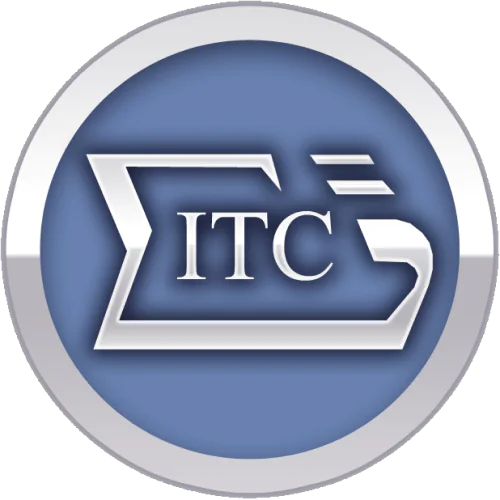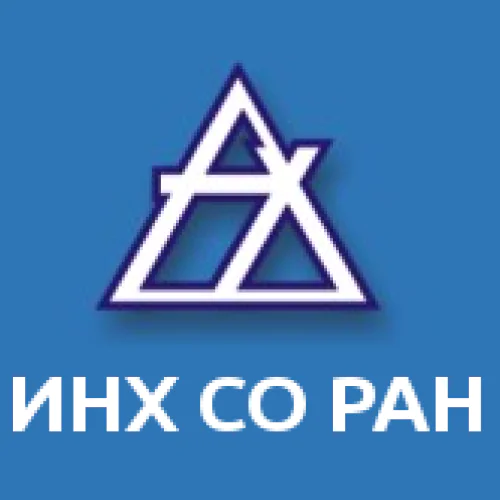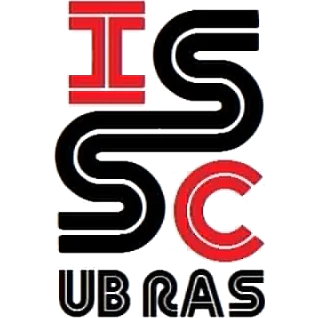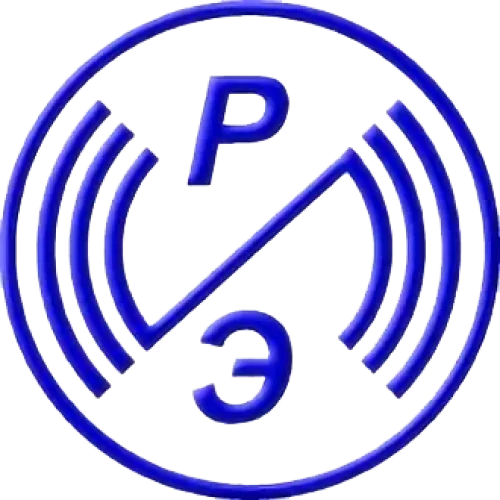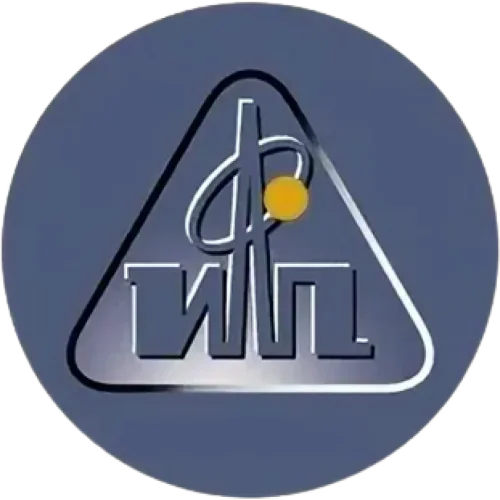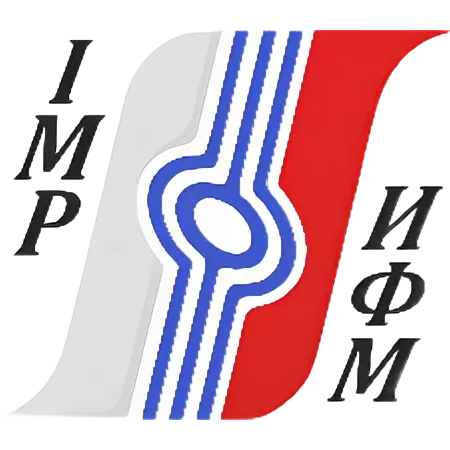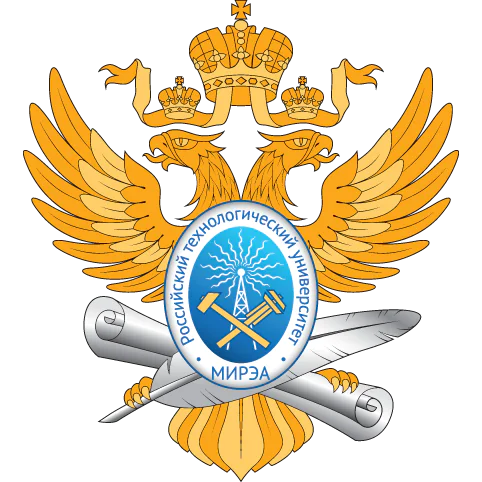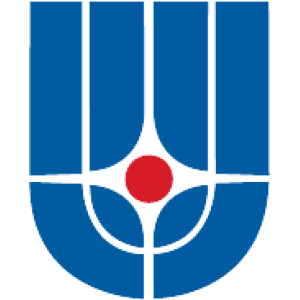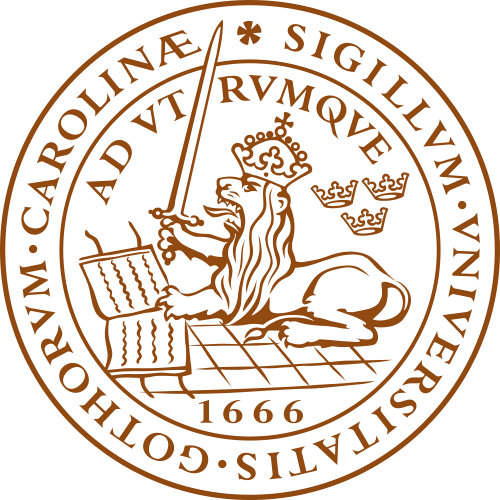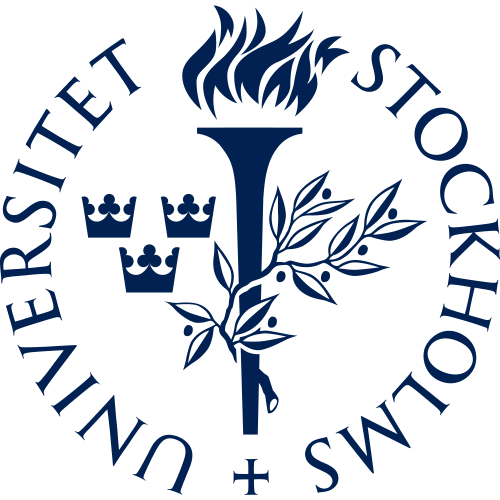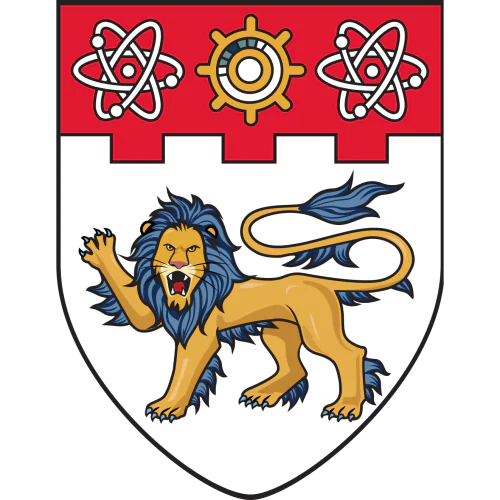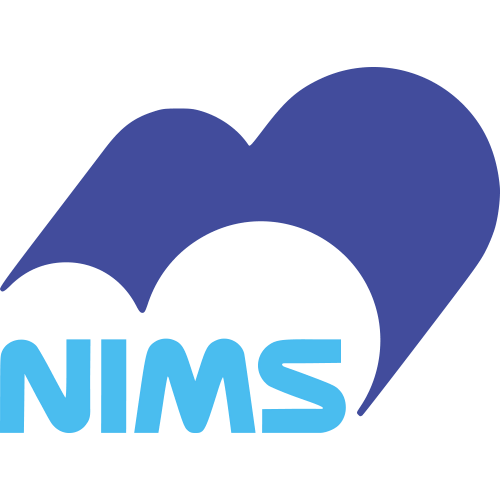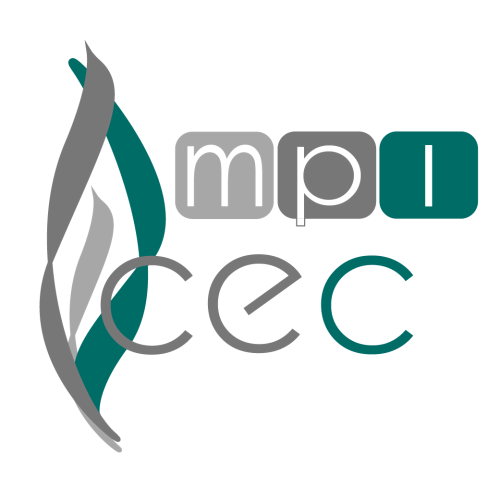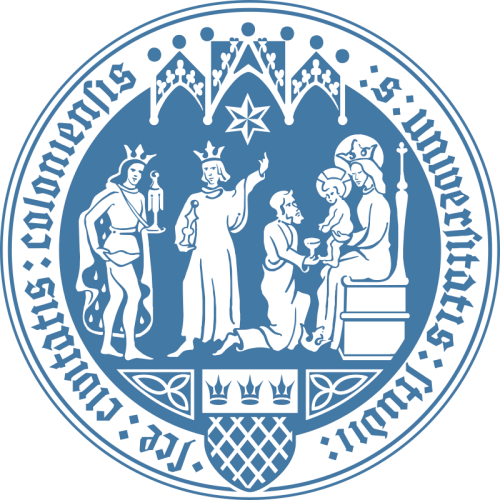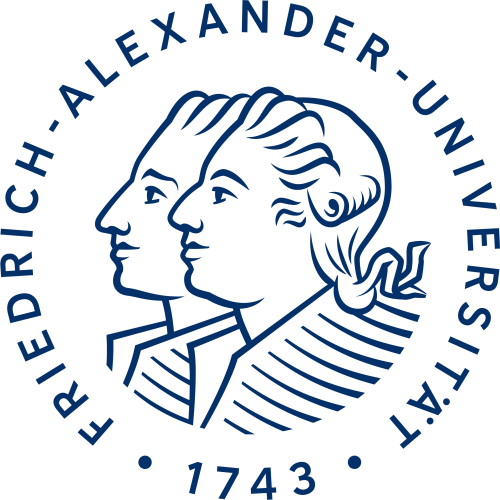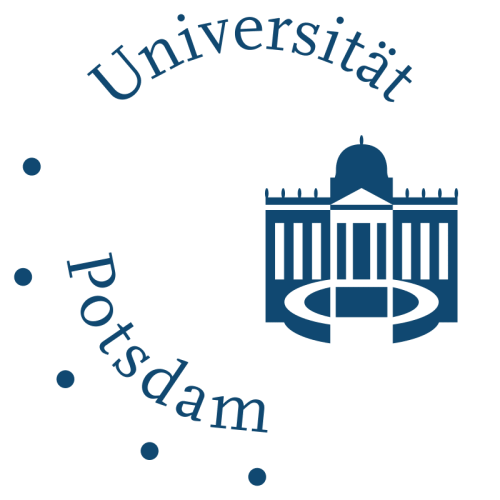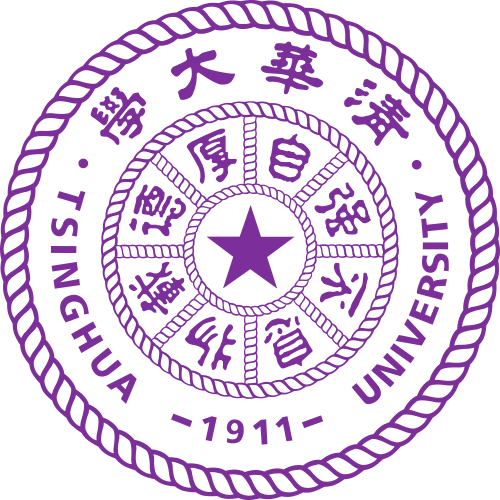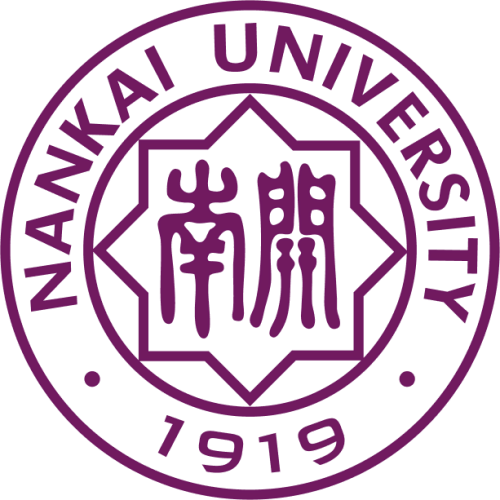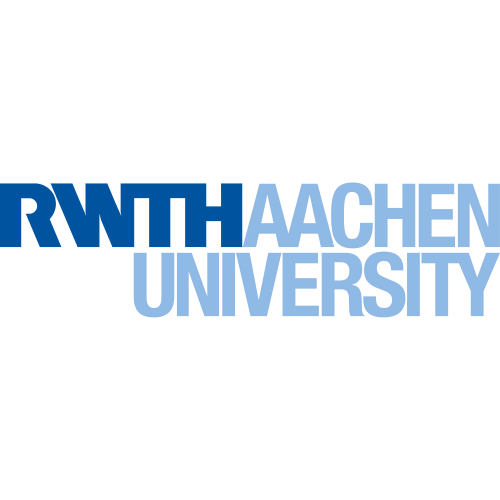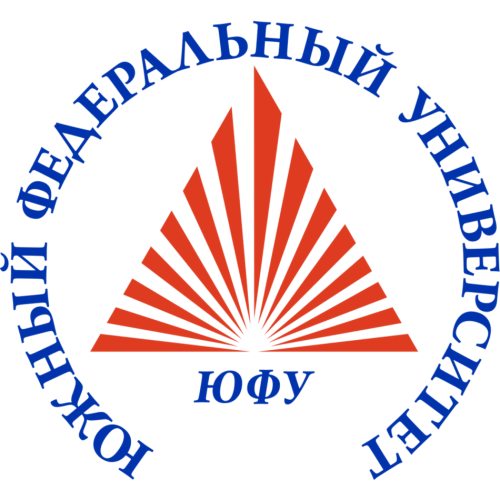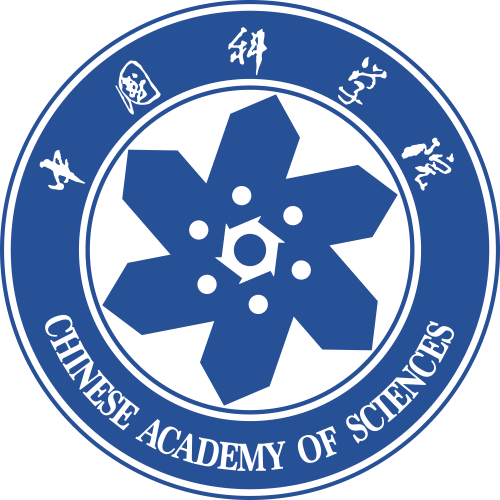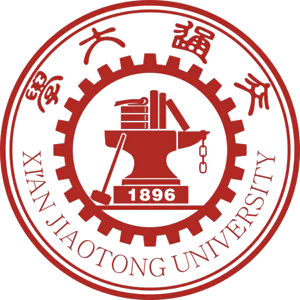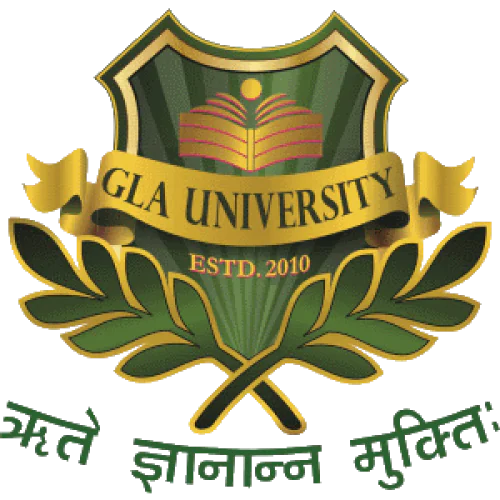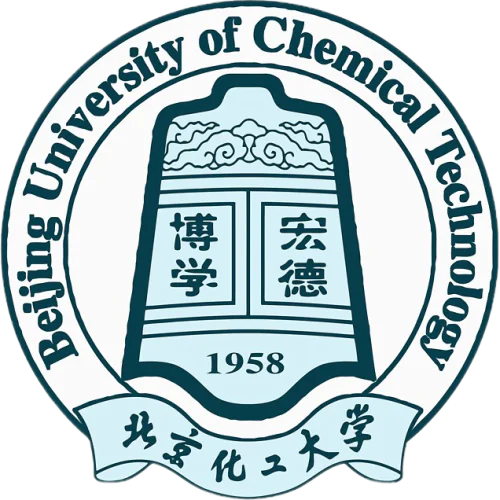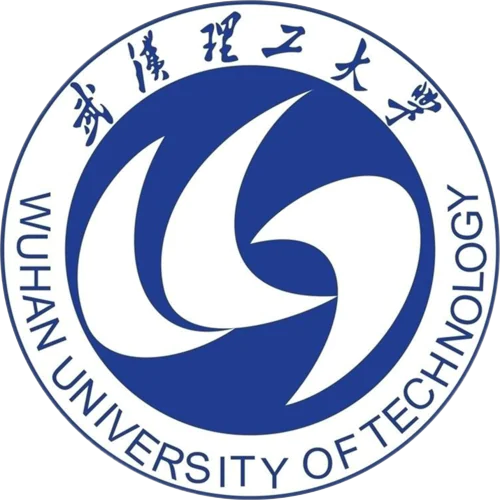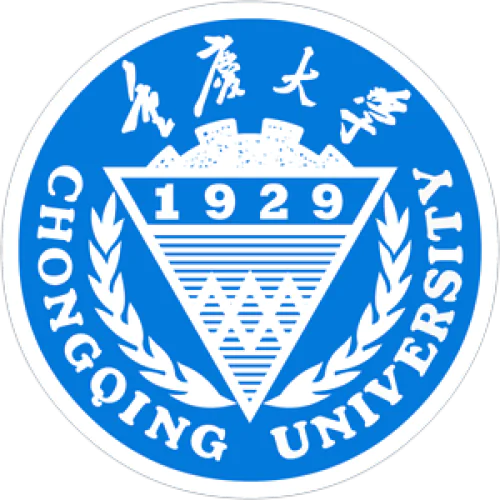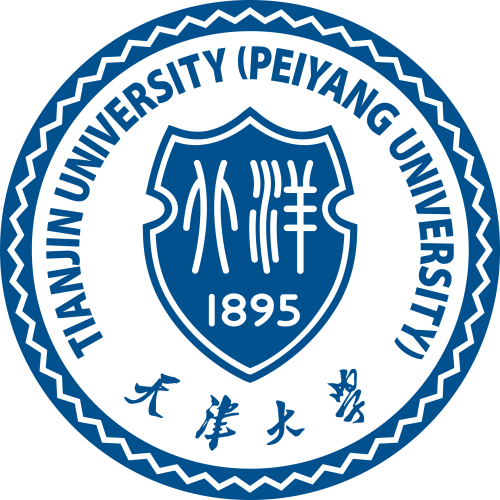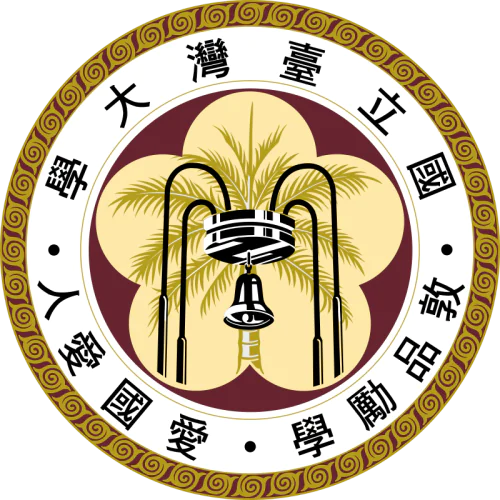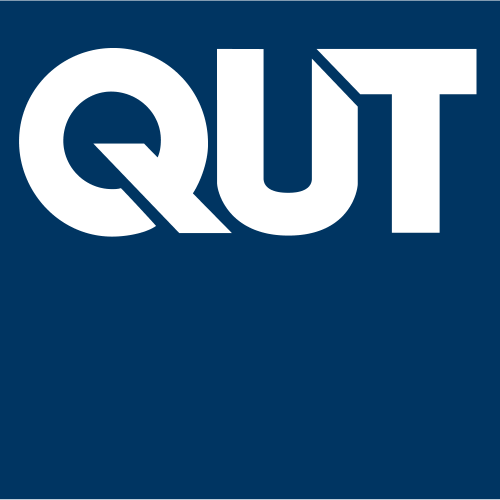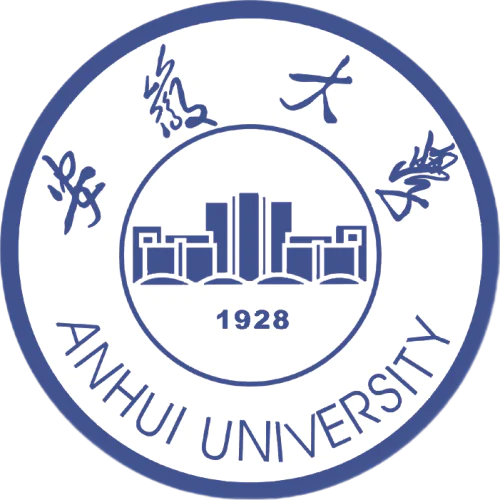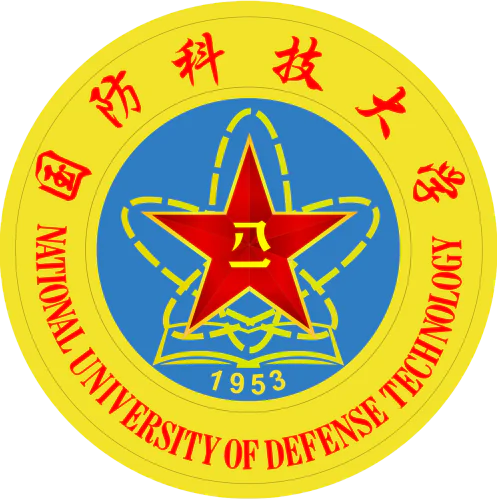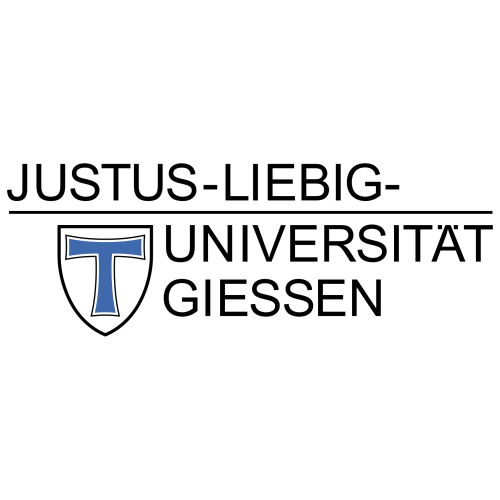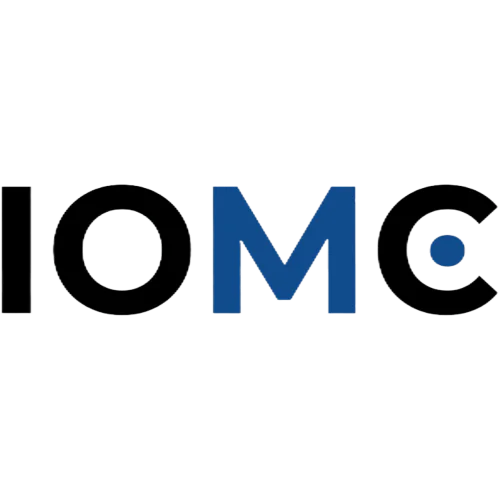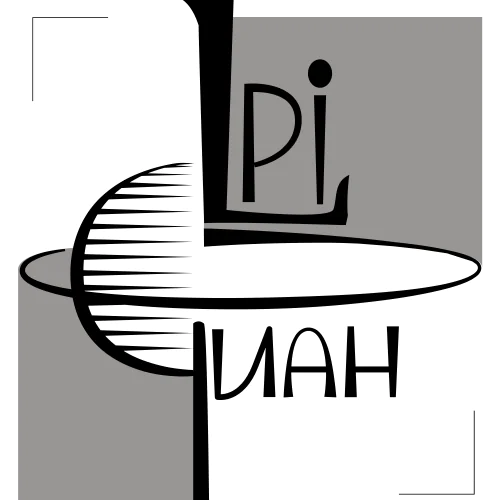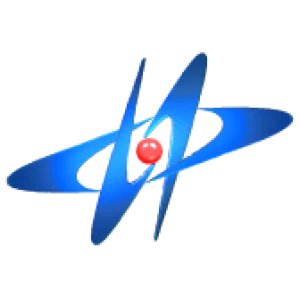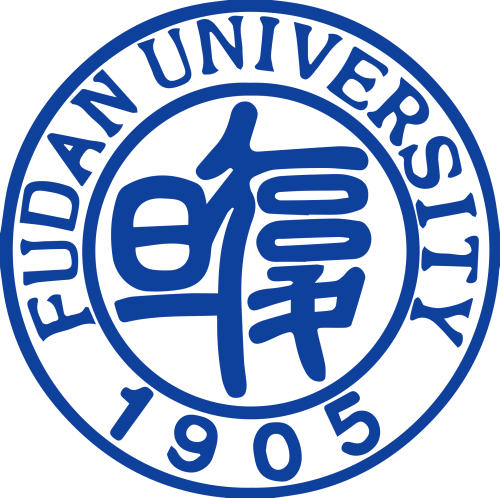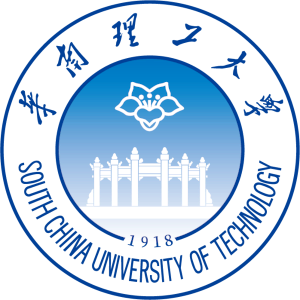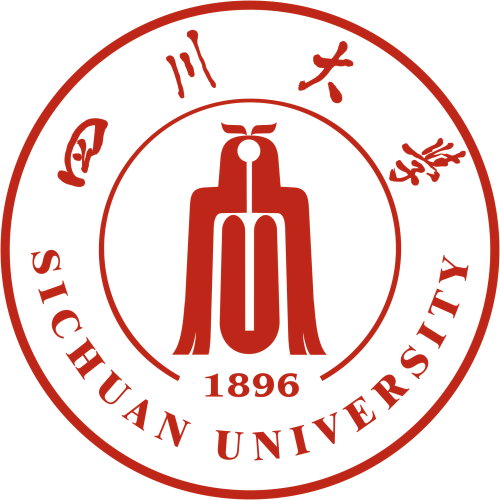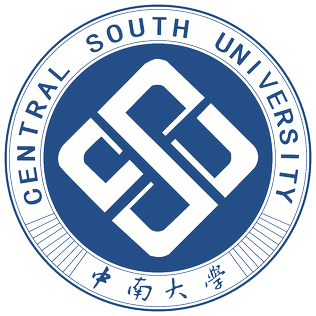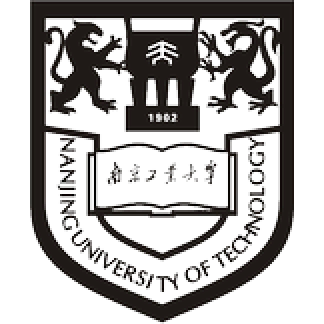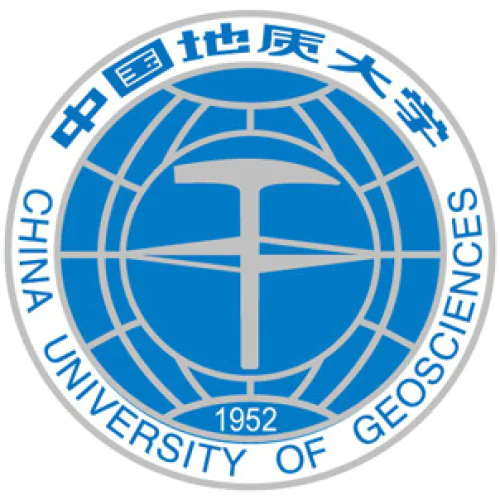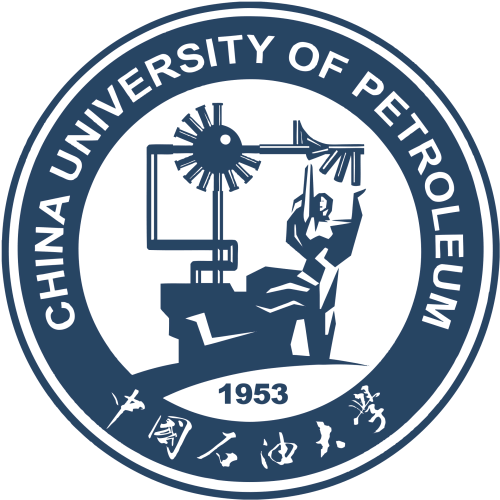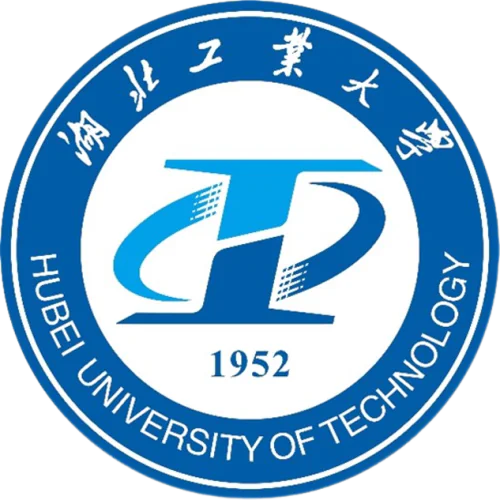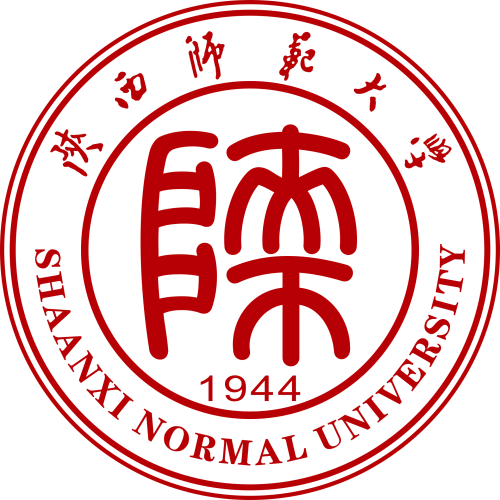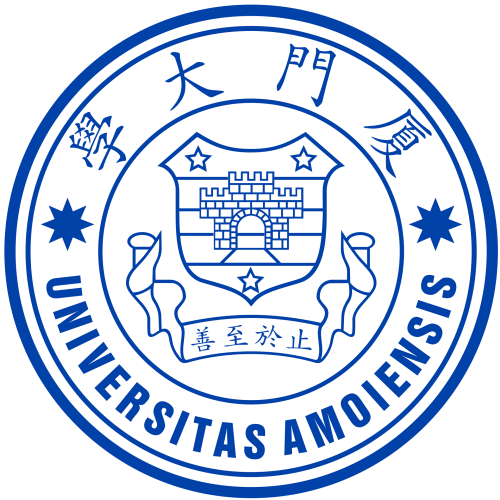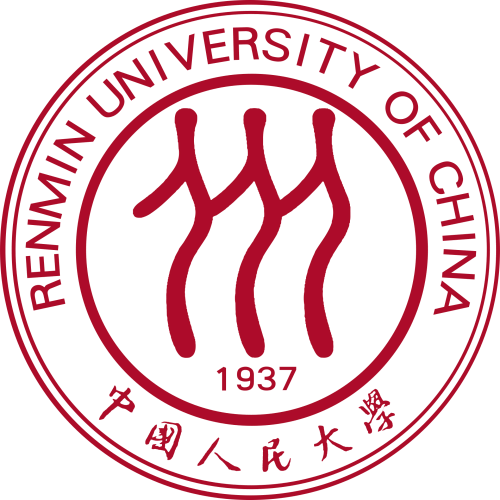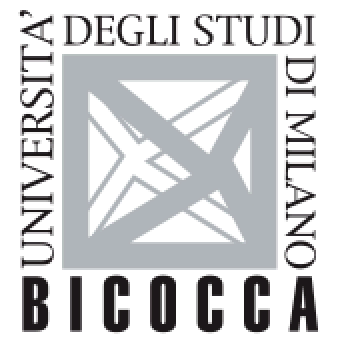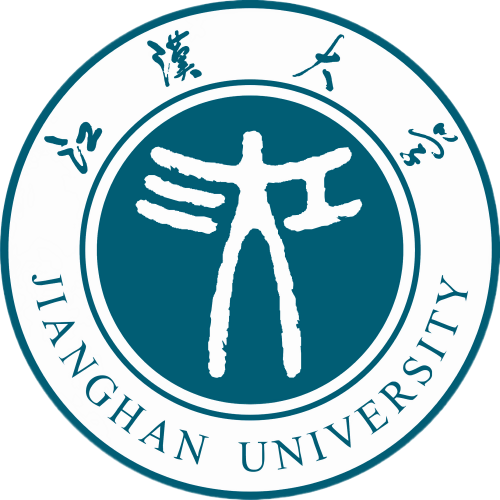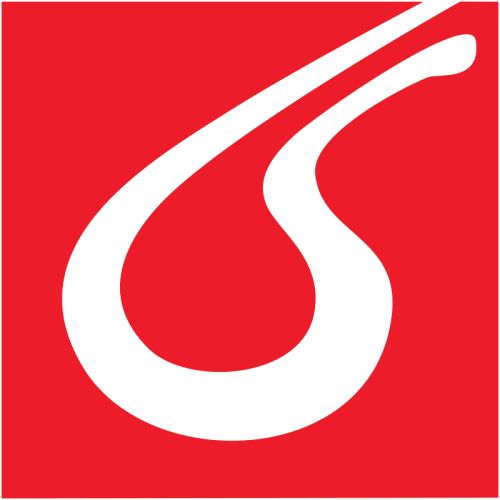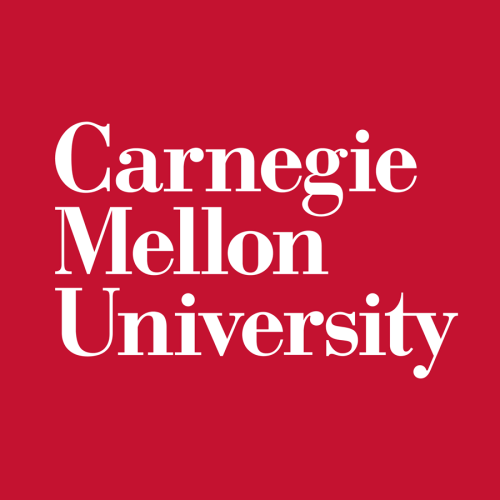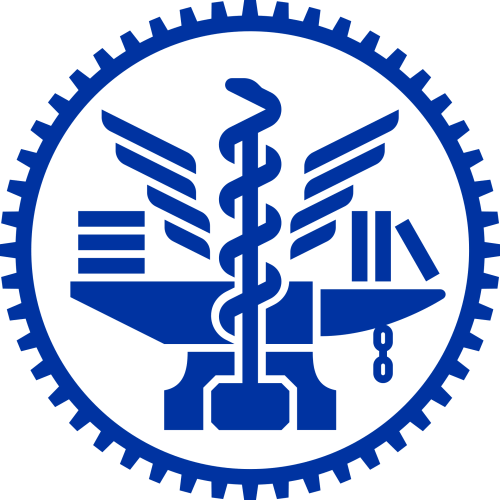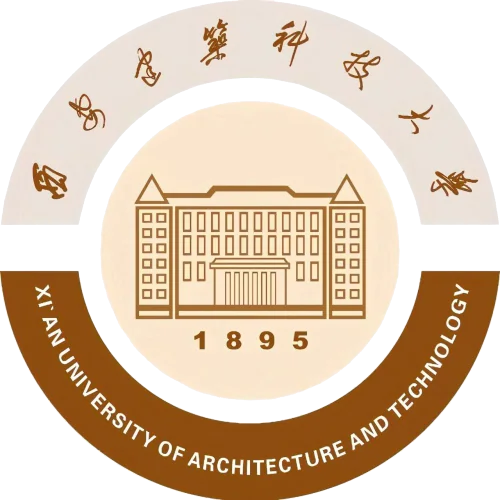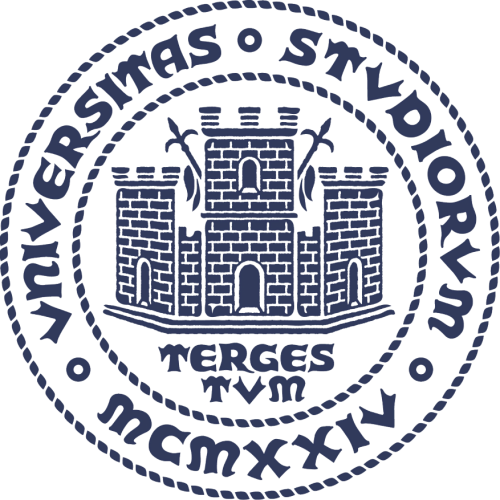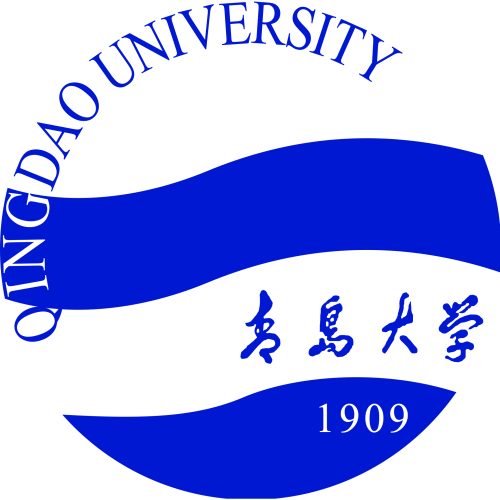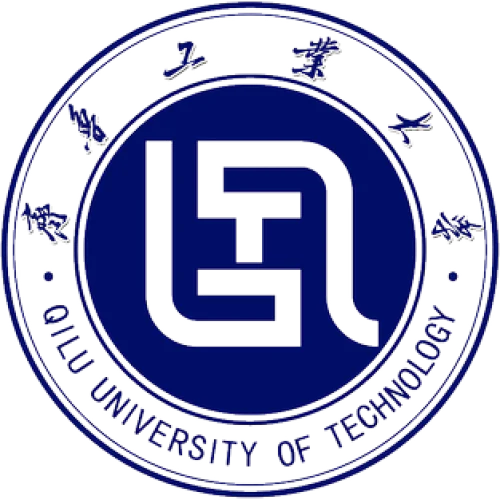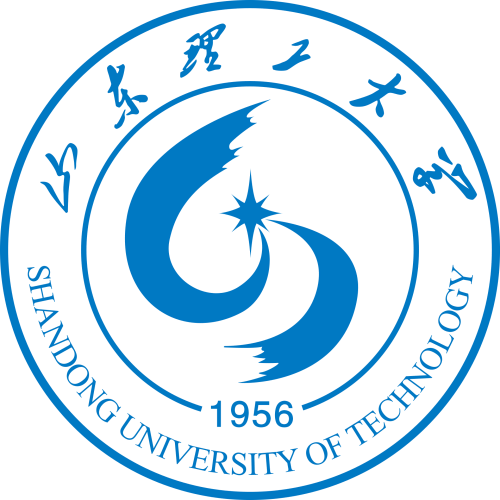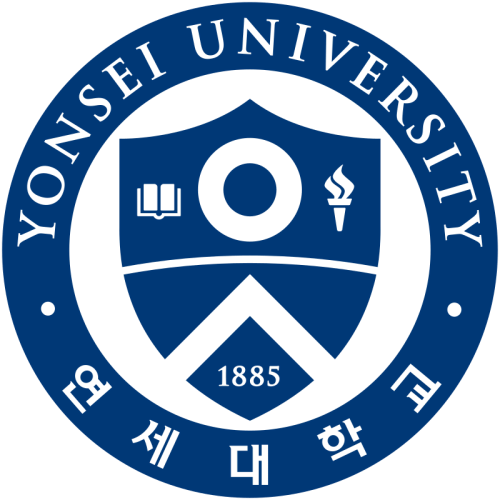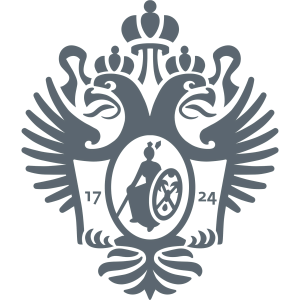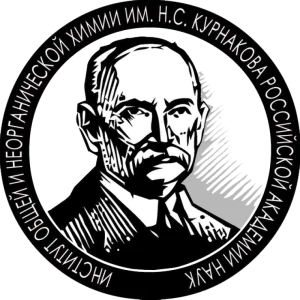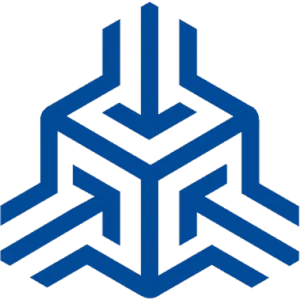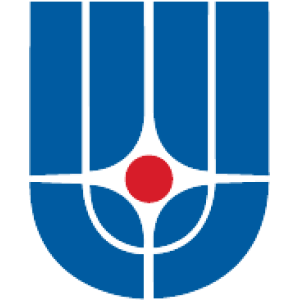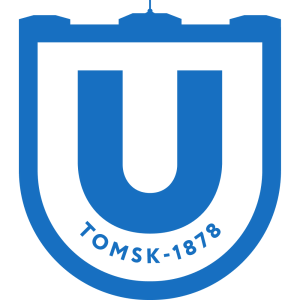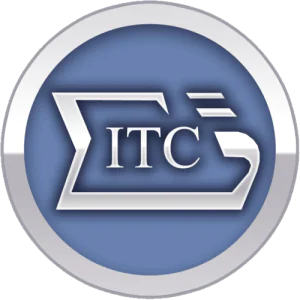Alexander Sergeevich Frolov
PhD in Physics and Mathematics
Publications
22
Citations
253
h-index
9
Skills
ARPES
Ab initio calculations
Bridgeman Crystal Growth
C++
Condensed matter theory
DFT calculations
Fortran
Gnuplot
Inorganic chemistry
Inorganic synthesis
LabVIEW
MBE
NumPy
Powder X-ray diffraction (PXRD)
Python
Scanning Probe Microscopy
Smart Materials
Ultra High Vacuum technic
X-ray photoelectron spectroscopy (XPS)
Found
Nothing found, try to update filter.
Found
Nothing found, try to update filter.
Found
Nothing found, try to update filter.
Total publications
22
Total citations
253
Citations per publication
11.5
Average publications per year
2.2
Average coauthors
10.45
Publications years
2016-2025 (10 years)
h-index
9
i10-index
9
m-index
0.9
o-index
21
g-index
15
w-index
2
Metrics description
h-index
A scientist has an h-index if h of his N publications are cited at least h times each, while the remaining (N - h) publications are cited no more than h times each.
i10-index
The number of the author's publications that received at least 10 links each.
m-index
The researcher's m-index is numerically equal to the ratio of his h-index to the number of years that have passed since the first publication.
o-index
The geometric mean of the h-index and the number of citations of the most cited article of the scientist.
g-index
For a given set of articles, sorted in descending order of the number of citations that these articles received, the g-index is the largest number such that the g most cited articles received (in total) at least g2 citations.
w-index
If w articles of a researcher have at least 10w citations each and other publications are less than 10(w+1) citations, then the researcher's w-index is equal to w.
Top-100
Fields of science
|
1
2
3
4
5
6
7
8
9
|
|
|
General Physics and Astronomy
|
General Physics and Astronomy, 9, 40.91%
General Physics and Astronomy
9 publications, 40.91%
|
|
General Chemistry
|
General Chemistry, 8, 36.36%
General Chemistry
8 publications, 36.36%
|
|
General Materials Science
|
General Materials Science, 6, 27.27%
General Materials Science
6 publications, 27.27%
|
|
Surfaces, Coatings and Films
|
Surfaces, Coatings and Films, 4, 18.18%
Surfaces, Coatings and Films
4 publications, 18.18%
|
|
Condensed Matter Physics
|
Condensed Matter Physics, 3, 13.64%
Condensed Matter Physics
3 publications, 13.64%
|
|
Surfaces and Interfaces
|
Surfaces and Interfaces, 3, 13.64%
Surfaces and Interfaces
3 publications, 13.64%
|
|
Materials Chemistry
|
Materials Chemistry, 2, 9.09%
Materials Chemistry
2 publications, 9.09%
|
|
Catalysis
|
Catalysis, 2, 9.09%
Catalysis
2 publications, 9.09%
|
|
Physical and Theoretical Chemistry
|
Physical and Theoretical Chemistry, 2, 9.09%
Physical and Theoretical Chemistry
2 publications, 9.09%
|
|
General Engineering
|
General Engineering, 2, 9.09%
General Engineering
2 publications, 9.09%
|
|
Metals and Alloys
|
Metals and Alloys, 1, 4.55%
Metals and Alloys
1 publication, 4.55%
|
|
Electronic, Optical and Magnetic Materials
|
Electronic, Optical and Magnetic Materials, 1, 4.55%
Electronic, Optical and Magnetic Materials
1 publication, 4.55%
|
|
Organic Chemistry
|
Organic Chemistry, 1, 4.55%
Organic Chemistry
1 publication, 4.55%
|
|
General Chemical Engineering
|
General Chemical Engineering, 1, 4.55%
General Chemical Engineering
1 publication, 4.55%
|
|
Electrical and Electronic Engineering
|
Electrical and Electronic Engineering, 1, 4.55%
Electrical and Electronic Engineering
1 publication, 4.55%
|
|
Physics and Astronomy (miscellaneous)
|
Physics and Astronomy (miscellaneous), 1, 4.55%
Physics and Astronomy (miscellaneous)
1 publication, 4.55%
|
|
Mechanical Engineering
|
Mechanical Engineering, 1, 4.55%
Mechanical Engineering
1 publication, 4.55%
|
|
General Energy
|
General Energy, 1, 4.55%
General Energy
1 publication, 4.55%
|
|
Mechanics of Materials
|
Mechanics of Materials, 1, 4.55%
Mechanics of Materials
1 publication, 4.55%
|
|
1
2
3
4
5
6
7
8
9
|
Journals
|
1
2
|
|
|
Carbon
2 publications, 9.09%
|
|
|
ACS Nano
2 publications, 9.09%
|
|
|
Applied Surface Science
2 publications, 9.09%
|
|
|
Communications Physics
2 publications, 9.09%
|
|
|
Nanoscale
1 publication, 4.55%
|
|
|
Surfaces and Interfaces
1 publication, 4.55%
|
|
|
Physical Chemistry Chemical Physics
1 publication, 4.55%
|
|
|
Journal of Alloys and Compounds
1 publication, 4.55%
|
|
|
JETP Letters
1 publication, 4.55%
|
|
|
Chemistry of Materials
1 publication, 4.55%
|
|
|
Journal of Physical Chemistry C
1 publication, 4.55%
|
|
|
Science advances
1 publication, 4.55%
|
|
|
Beilstein Journal of Nanotechnology
1 publication, 4.55%
|
|
|
Materials Today Advances
1 publication, 4.55%
|
|
|
Topics in Catalysis
1 publication, 4.55%
|
|
|
Chemistry - A European Journal
1 publication, 4.55%
|
|
|
Physical Review B
1 publication, 4.55%
|
|
|
Physical Review Research
1 publication, 4.55%
|
|
|
1
2
|
Citing journals
Publishers
|
1
2
3
4
5
6
7
|
|
|
Elsevier
7 publications, 31.82%
|
|
|
American Chemical Society (ACS)
4 publications, 18.18%
|
|
|
Springer Nature
3 publications, 13.64%
|
|
|
Royal Society of Chemistry (RSC)
2 publications, 9.09%
|
|
|
American Physical Society (APS)
2 publications, 9.09%
|
|
|
Wiley
1 publication, 4.55%
|
|
|
Pleiades Publishing
1 publication, 4.55%
|
|
|
American Association for the Advancement of Science (AAAS)
1 publication, 4.55%
|
|
|
Beilstein-Institut
1 publication, 4.55%
|
|
|
1
2
3
4
5
6
7
|
Organizations from articles
|
5
10
15
20
|
|
|
Lomonosov Moscow State University
20 publications, 90.91%
|
|
|
Saint Petersburg State University
10 publications, 45.45%
|
|
|
Helmholtz Centre for Materials and Energy
10 publications, 45.45%
|
|
|
N.N. Semenov Federal Research Center for Chemical Physics of the Russian Academy of Sciences
7 publications, 31.82%
|
|
|
Elettra Sincrotrone Trieste
6 publications, 27.27%
|
|
|
Moscow Institute of Physics and Technology
5 publications, 22.73%
|
|
|
Donostia International Physics Center
5 publications, 22.73%
|
|
|
University of Antwerp
5 publications, 22.73%
|
|
|
Kurnakov Institute of General and Inorganic Chemistry of the Russian Academy of Sciences
4 publications, 18.18%
|
|
|
Basque Foundation for Science
4 publications, 18.18%
|
|
|
Fritz Haber Institute of the Max Planck Society
4 publications, 18.18%
|
|
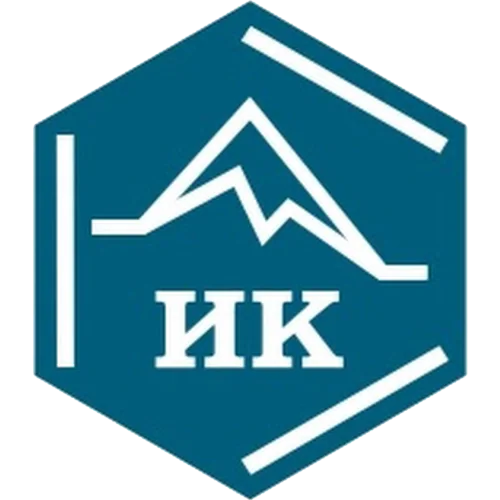
Boreskov Institute of Catalysis of the Siberian Branch of the Russian Academy of Sciences
3 publications, 13.64%
|
|
|
V.S. Sobolev Institute of Geology and Mineralogy of the Siberian Branch of the Russian Academy of Sciences
3 publications, 13.64%
|
|
|
Institute of Nanotechnology of Microelectronics of the Russian Academy of Sciences
3 publications, 13.64%
|
|
|
Paul Scherrer Institute
3 publications, 13.64%
|
|
|
Leibniz Institute for Solid State and Materials Research
3 publications, 13.64%
|
|
|
University of the Basque Country
3 publications, 13.64%
|
|
|
IMDEA Nanoscience Institute
3 publications, 13.64%
|
|
|
National University of Science & Technology (MISiS)
2 publications, 9.09%
|
|
|
Osipyan Institute of Solid State Physics of the Russian Academy of Sciences
2 publications, 9.09%
|
|
|
Novosibirsk State University
2 publications, 9.09%
|
|
|
Moscow State Technological University Stankin
2 publications, 9.09%
|
|
|
ALBA Synchrotron
2 publications, 9.09%
|
|
|
Centro de Física de Materiales
2 publications, 9.09%
|
|
|
Trinity College Dublin
2 publications, 9.09%
|
|
|
Hiroshima University
2 publications, 9.09%
|
|
|
Skolkovo Institute of Science and Technology
1 publication, 4.55%
|
|
|
International Tomography Center of the Siberian Branch of the Russian Academy of Sciences
1 publication, 4.55%
|
|
|
Nikolaev Institute of Inorganic Chemistry of the Siberian Branch of the Russian Academy of Sciences
1 publication, 4.55%
|
|
|
Institute of Solid State Chemistry of the Ural Branch of the Russian Academy of Sciences
1 publication, 4.55%
|
|
|
P.L. Kapitza Institute for Physical Problems of Russian Academy of Sciences
1 publication, 4.55%
|
|
|
Kotelnikov Institute of Radioengineering and Electronics of the Russian Academy of Sciences
1 publication, 4.55%
|
|
|
Institute of Semiconductor Physics of the Siberian Branch of the Russian Academy of Sciences
1 publication, 4.55%
|
|
|
M.N. Mikheev Institute of Metal Physics of the Ural Branch of the Russian Academy of Sciences
1 publication, 4.55%
|
|
|
Institute of Strength Physics and Materials Science of the Siberian Branch of the Russian Academy of Sciences
1 publication, 4.55%
|
|
|
MIREA — Russian Technological University
1 publication, 4.55%
|
|
|
National Research Centre "Kurchatov Institute"
1 publication, 4.55%
|
|
|
Dukhov Research Institute of Automatics
1 publication, 4.55%
|
|
|
Kemerovo State University
1 publication, 4.55%
|
|
|
Institute of Rare Metals
1 publication, 4.55%
|
|
|
Lund University
1 publication, 4.55%
|
|
|
Stockholm University
1 publication, 4.55%
|
|
|
University of Oulu
1 publication, 4.55%
|
|
|
Nanyang Technological University
1 publication, 4.55%
|
|
|
National Institute for Materials Science
1 publication, 4.55%
|
|
|
Massachusetts Institute of Technology
1 publication, 4.55%
|
|
|
National University of Singapore
1 publication, 4.55%
|
|
|
Max Planck Institute for Chemical Energy Conversion
1 publication, 4.55%
|
|
|
University of Cologne
1 publication, 4.55%
|
|
|
Institute of Physics of the Czech Academy of Sciences
1 publication, 4.55%
|
|
|
University of Erlangen–Nuremberg
1 publication, 4.55%
|
|
|
University of Potsdam
1 publication, 4.55%
|
|
|
Forschungszentrum Jülich
1 publication, 4.55%
|
|
|
Institute for Molecular Science
1 publication, 4.55%
|
|
|
5
10
15
20
|
|
Countries from articles
|
5
10
15
20
25
|
|
|
Russia
|
Russia, 21, 95.45%
Russia
21 publications, 95.45%
|
|
Germany
|
Germany, 12, 54.55%
Germany
12 publications, 54.55%
|
|
Spain
|
Spain, 7, 31.82%
Spain
7 publications, 31.82%
|
|
Italy
|
Italy, 6, 27.27%
Italy
6 publications, 27.27%
|
|
Belgium
|
Belgium, 5, 22.73%
Belgium
5 publications, 22.73%
|
|
Japan
|
Japan, 4, 18.18%
Japan
4 publications, 18.18%
|
|
Country not defined
|
Country not defined, 3, 13.64%
Country not defined
3 publications, 13.64%
|
|
Switzerland
|
Switzerland, 3, 13.64%
Switzerland
3 publications, 13.64%
|
|
Ireland
|
Ireland, 2, 9.09%
Ireland
2 publications, 9.09%
|
|
Sweden
|
Sweden, 2, 9.09%
Sweden
2 publications, 9.09%
|
|
USA
|
USA, 1, 4.55%
USA
1 publication, 4.55%
|
|
Singapore
|
Singapore, 1, 4.55%
Singapore
1 publication, 4.55%
|
|
Finland
|
Finland, 1, 4.55%
Finland
1 publication, 4.55%
|
|
Croatia
|
Croatia, 1, 4.55%
Croatia
1 publication, 4.55%
|
|
Czech Republic
|
Czech Republic, 1, 4.55%
Czech Republic
1 publication, 4.55%
|
|
5
10
15
20
25
|
Citing organizations
Citing countries
- We do not take into account publications without a DOI.
- Statistics recalculated daily.
Data by ORCID
This section displays the profiles of scientists registered on the platform. To display the full list, invite your colleagues to register.




